Immunity Boosters
- By Healthy Living Liberty Lake
- •
- 25 Sep, 2017
- •
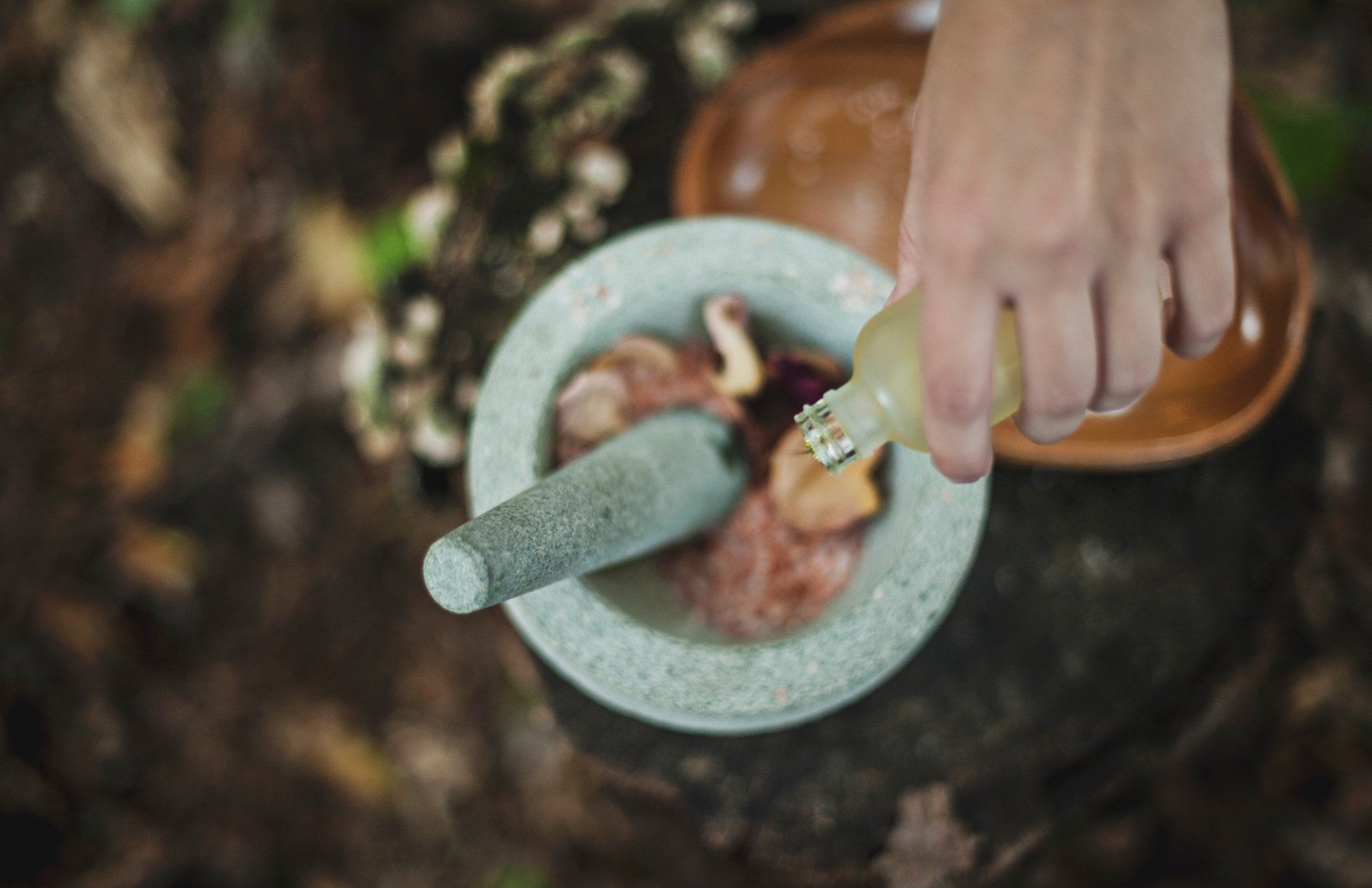
We are exposed to a multitude of toxic compounds in our lives, which are either excreted or stored in our body’s tissues and organs. The toxic effects of these chemicals are far and wide, and contribute to many chronic diseases.
Fortunately, Mother Nature has provided us many safe nutrients that can protect us from an array of diseases and symptoms. Today we’ll discuss many of these and how you can use them for you and your family’s health.
Bacteria and fungus can become resistant to treatment based on a protective shield, or coating, over themselves, called a biofilm. These biofilms can be very difficult to penetrate, and many antibiotics are ineffective against them. But a study has shown that nano silver destroys biofilm, making the bacteria susceptible to being killed by even low concentrations of antibiotics. We use nano silver in wound gel, toothpaste, and orally when needed.
Cranberries are also effective at removing biofilms, especially against E. coli, the most common bacterial cause of bladder infections. Cranberry juice has been shown to help prevent bacterial infections from ever developing. Other foods that have similar effects include blueberries, blackberries, purple cabbage, strawberries, grapes, cinnamon, dark chocolate, hazelnuts, and pecans.
Essential oils are also effective and have a synergistic effect against bacteria – cinnamon bark oil, lavender oil, lemon oil, and peppermint oil. Berberine, which we use for insulin resistance, also has antibacterial properties, especially used in combination with essential oils.
Curcumin added to EGCG (from green and white tea) inhibits growth of resistant strains of staph infections, even in those with impaired immunities. The product Teavigo contains 94% pure EGCG, and can be purchased online. Curcumin can dramatically enhance the killing effect of commonly used antibiotics.
Silibinin, found in milk thistle, completely destroyed a culture of MRSA bacteria within 2-5 hours when used with either ampicillin or oxacillin. Using silibinin allowed an antibiotic dose four times lower than normally required to kill bacteria! D3 is a known immune stimulant, and has been shown to suppress viruses, protect from malignancies, and reduce heart disease.
Chronic bacterial prostatis can cause misery for men, and is often treated with a long term course of antibiotics, which can cause many side effects. When EGCG was combined with the antibiotics, the treatment significantly reduced bacteria and inflammation in the prosate gland. Lycopene also improves the effectiveness of treatment of prostatis.
Probiotics have a powerful effect on our immune system, and are known to reduce the symptoms, severity, and duration of the common cold. In college students, those who took probiotics had a 40% lower risk of developing colds, and children that take probiotics have fewer viral infections.
By Dr. Susan Ashley, M.D.

By Dr. Susan Ashley, MD

By Dr. Susan Ashley, MD
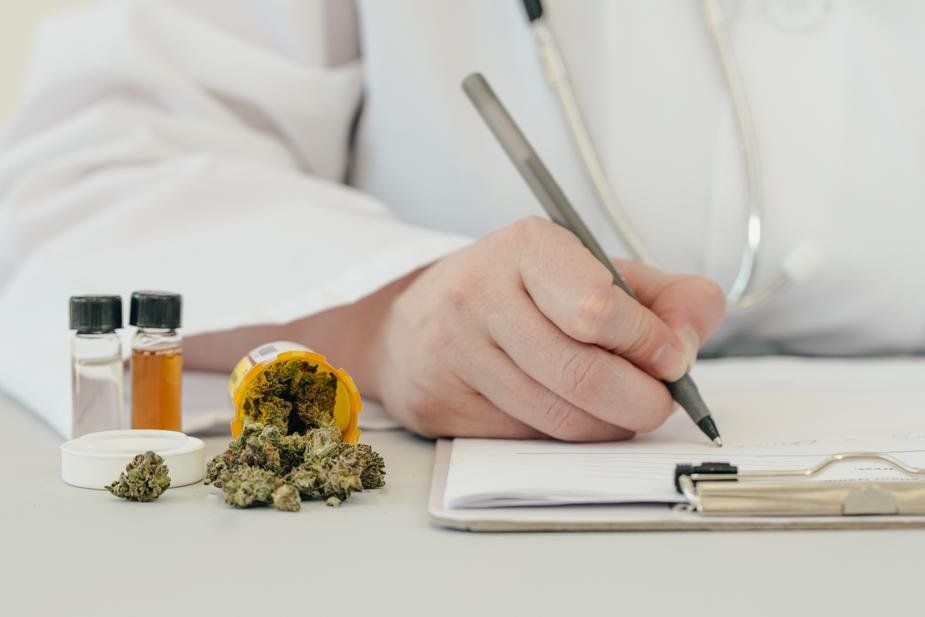
Opiates taken long term also leads to a reduced pain threshold, meaning a person on them will feel pain at a much earlier level than someone else.
There's a lot of interest now in using cannabis to reduce chronic pain, and studies have shown they can be quite effective for neuropathy, migraines, spasticity and joint pain.
However, it doesn't always work, and now a new study shows why.
Then at the end of the 4 years, the people who used cannabis for pain had greater pain severity scores They also found that the meds and other remedies taken for pain were less likely to be effective. In addition, they had greater generalized anxiety disorder severity scores. The bottom line-- the cannabis users were not able to decrease the use of narcotics. Why?
Because of the well known fact that chronic narcotic use decreases pain threshold. In fact in some people the threshold becomes so low that even minor pains can seem intolerable. In essence, the narcotics cancel the pain relieving effects of the cannabis.
Chronic opiates should be avoided as much as possible in chronic pain. Tolerance develops quickly, addiction can occur, and pain threshold is lowered. If you have chronic pain, use other modalities first to try to alleviate the pain. This includes cannabis, acupuncture, anti-inflammatory drugs, weight loss, energy medicine, and stem cells. We have used IV stem cells for reduction of neuropathy pain with good effects.
By Dr. Susan Ashley, MD

Not only that, but those who walked at a fast pace reduced their risk of death even further, by 24 percent.
All it took was putting one foot in front of the other a little more quickly!
And when the researchers zeroed in on cardiovascular disease deaths among participants over age 60, the results were even more striking.
Compared to the slowest walkers, average-paced walkers slashed their risk of dying from cardiovascular disease by 46 percent -- and the fast-paced walkers slashed it by a whopping 53 percent.
Now, the study didn't determine exactly how walking at a faster pace can add years to your life. And how fast do you have to walk just to hit the "average" mark? How brisk is brisk?
In the study, a "fast" pace was defined as one that makes you slightly out of breath or sweaty when sustained. That could vary depending on how much you weigh, how much sleep you got, how much you ate earlier in the day, etc. So there was no exact speed such as 3 mph or 4 mph.
By Dr. Susan Ashley, MD
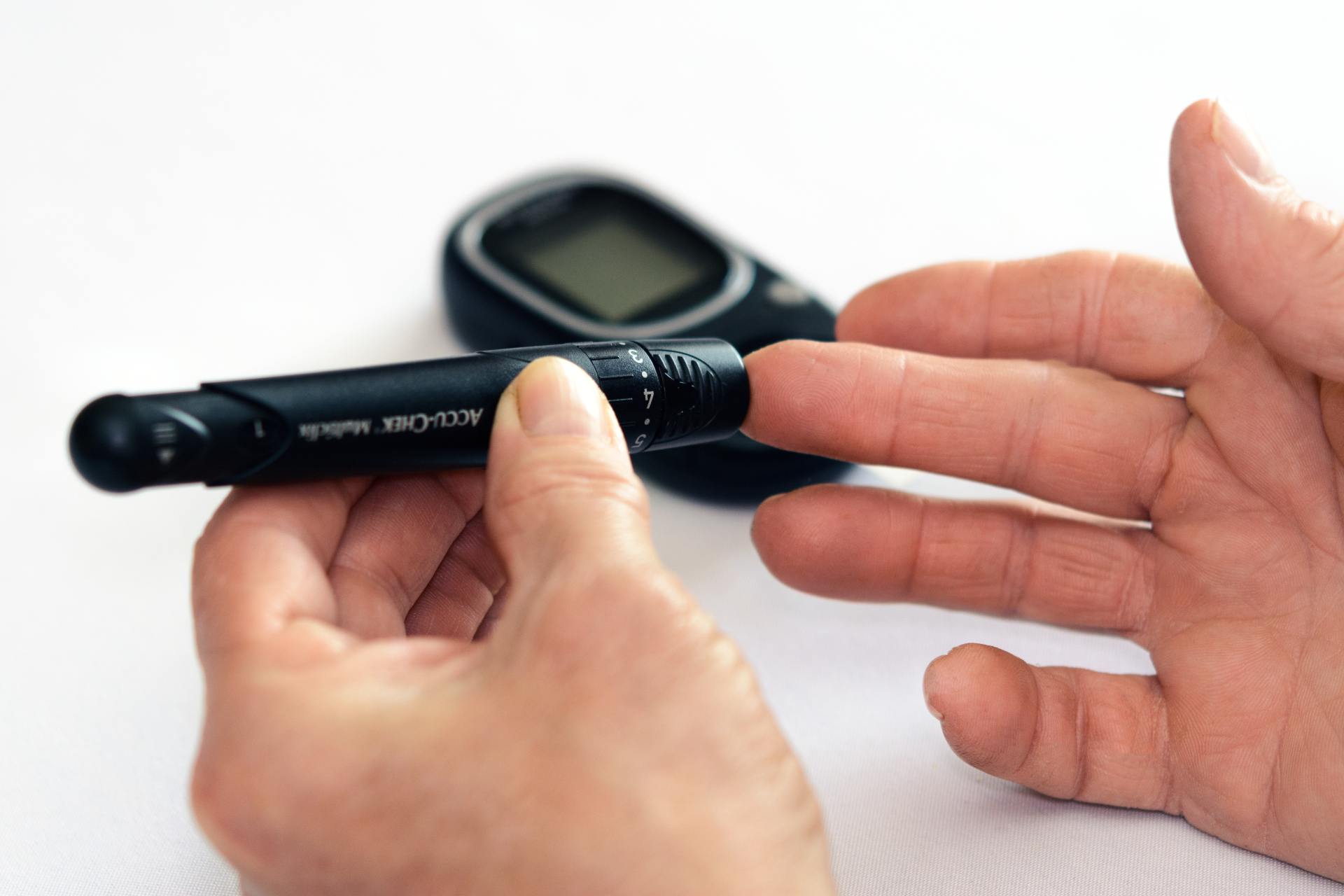
By Dr. Susan Ashley, MD
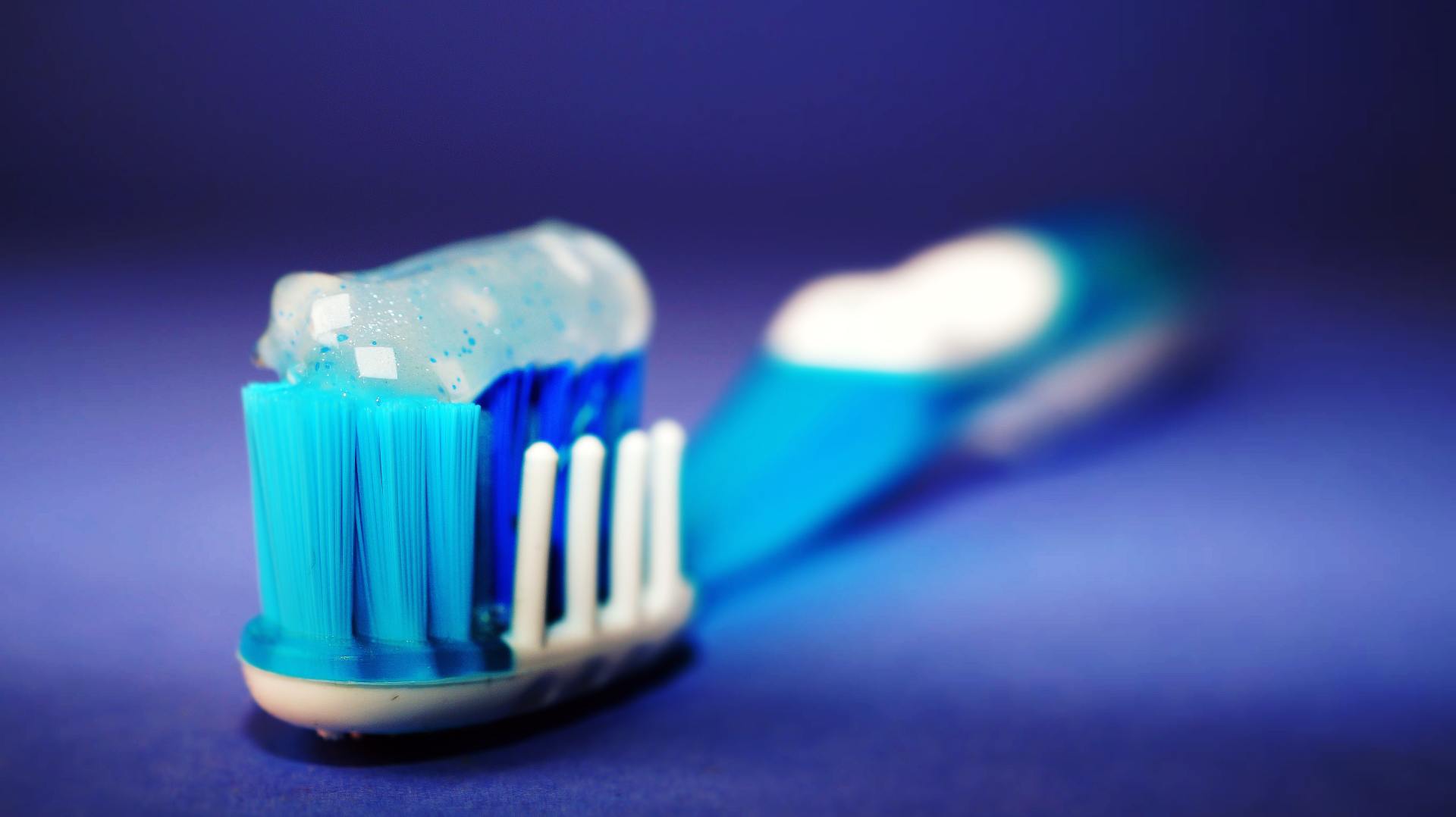
Side effects of triclosan include:
- About 1/2 cup coconut oil
- 2-3 Tablespoons of baking soda
- 2 small packets of stevia powder
- 15-20 drops of peppermint or cinnamon essential oil
- 10 drops myrrh extract (optional)
Natural Toothpaste Instructions
- Melt or slightly soften coconut oil.
- Mix in other ingredients and stir well. If using semi-hard coconut oil, use a fork, if not, use a spoon. If you are using completely melted coconut oil, you will need to stir several times while the mixture cools to keep the baking soda incorporated.
- Put mixture into small glass jar (I make different ones for each family member)
- Let cool completely.
- To use: dip toothbrush in and scrape small amount onto bristles. Could also use a small spoon to put on toothbrush.
By Dr. Susan Ashley, MD

By Dr. Susan Ashley, MD

By Dr. Susan Ashley, MD
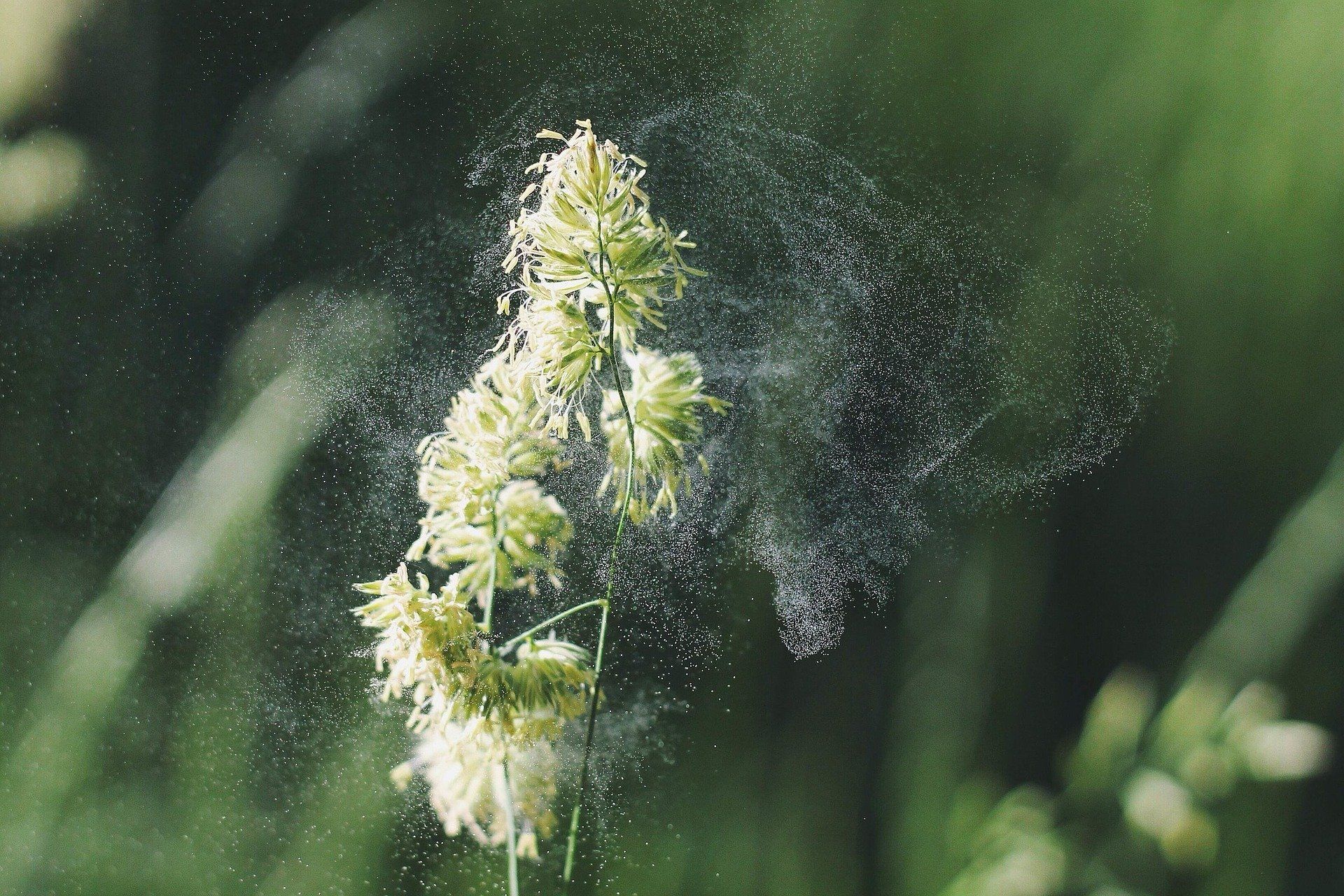
By Dr. Susan Ashley, MD
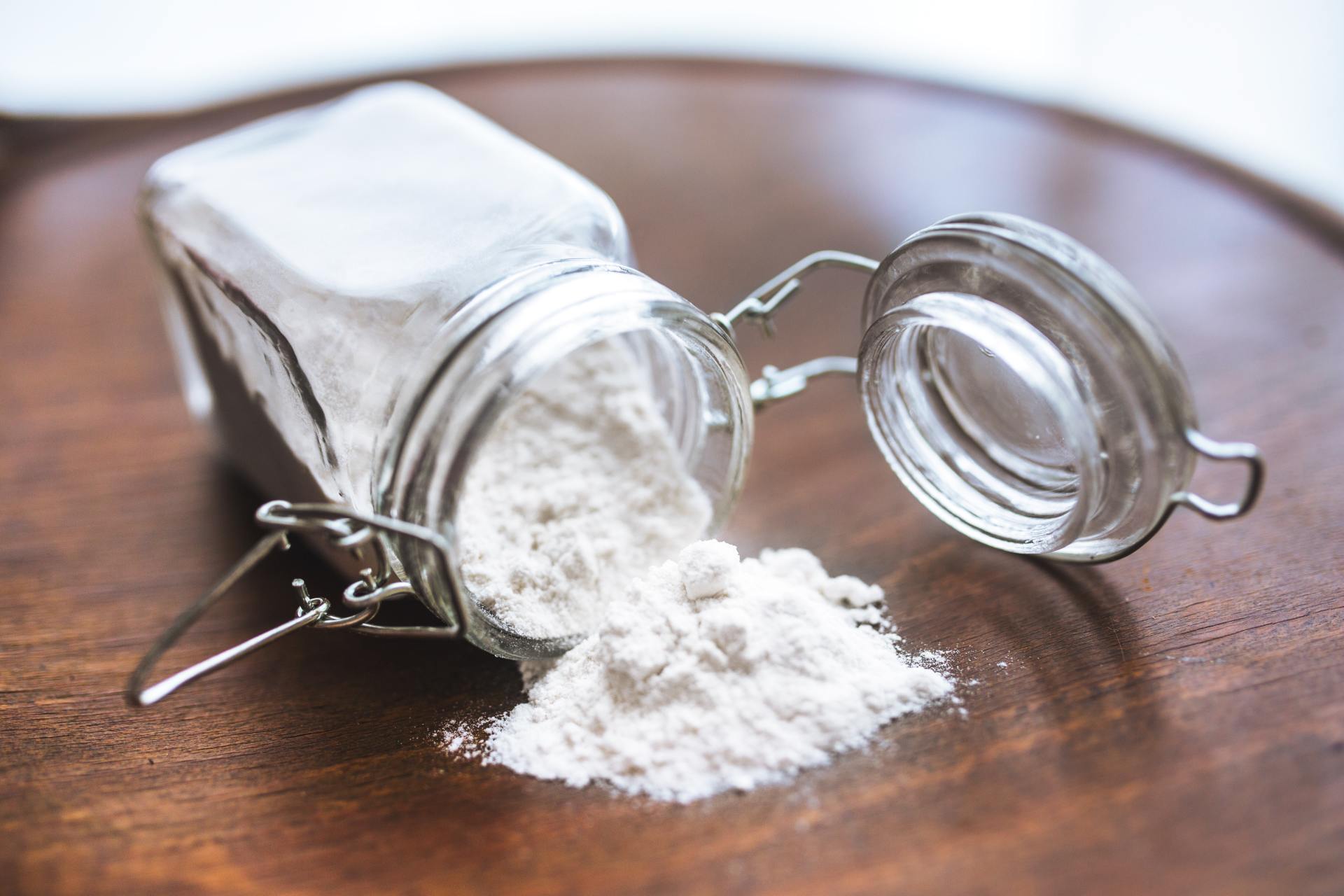
By Dr. Susan Ashley, MD
